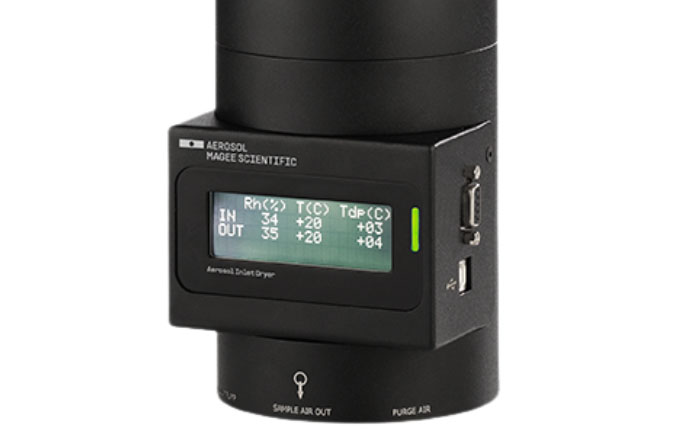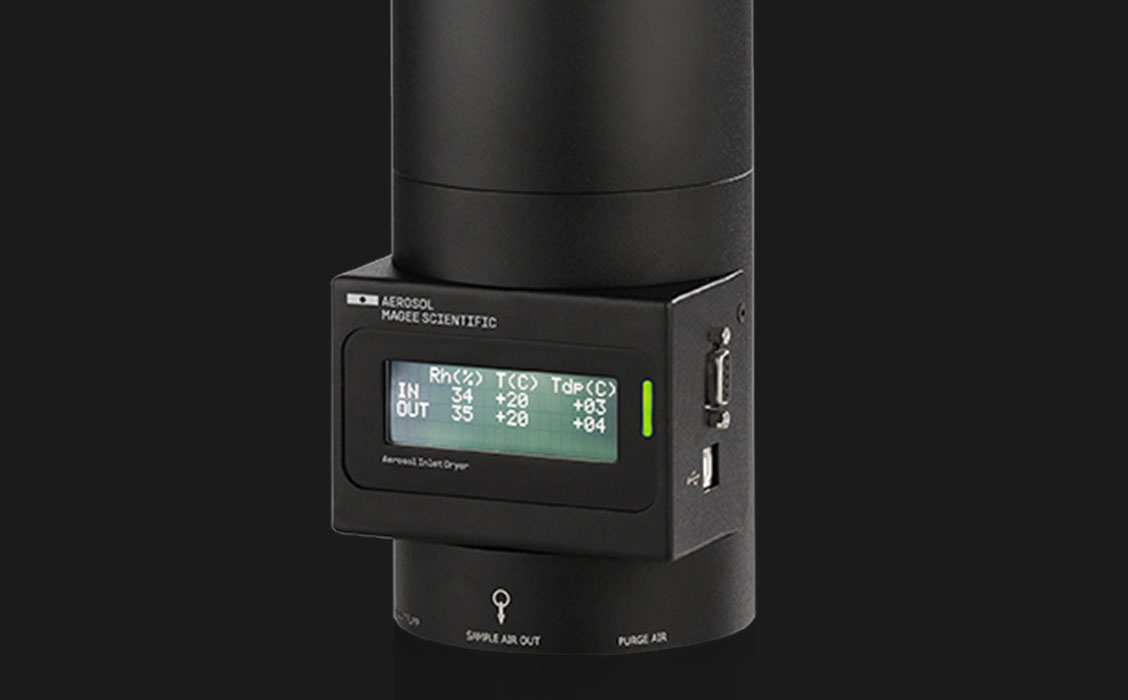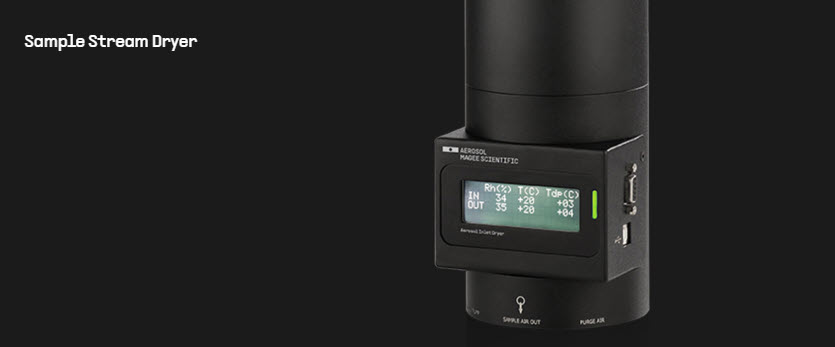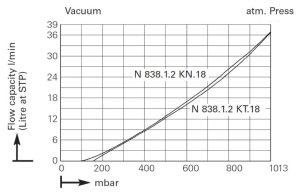INSTRUMENT BACKGROUND
The interaction of water with aerosol species changes their physical properties. Consequently, the World Meteorological Organization has recommended that all aerosol measurements be performed under conditions where the Relative Humidity is 40% or lower (WMO/GAW 2003; Wiedensohler, 2014).
Many stations in hot, humid locations have air-conditioned interiors. If the indoor air-conditioning temperature Ta is comparable to or lower than the dewpoint (condensation temperature) Td of the outside ambient air, water will condense in the tubing and inside the instrument. This will not only completely invalidate the data but can also cause permanent damage to the instrument.







